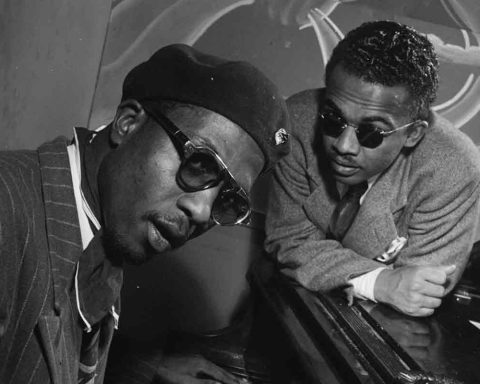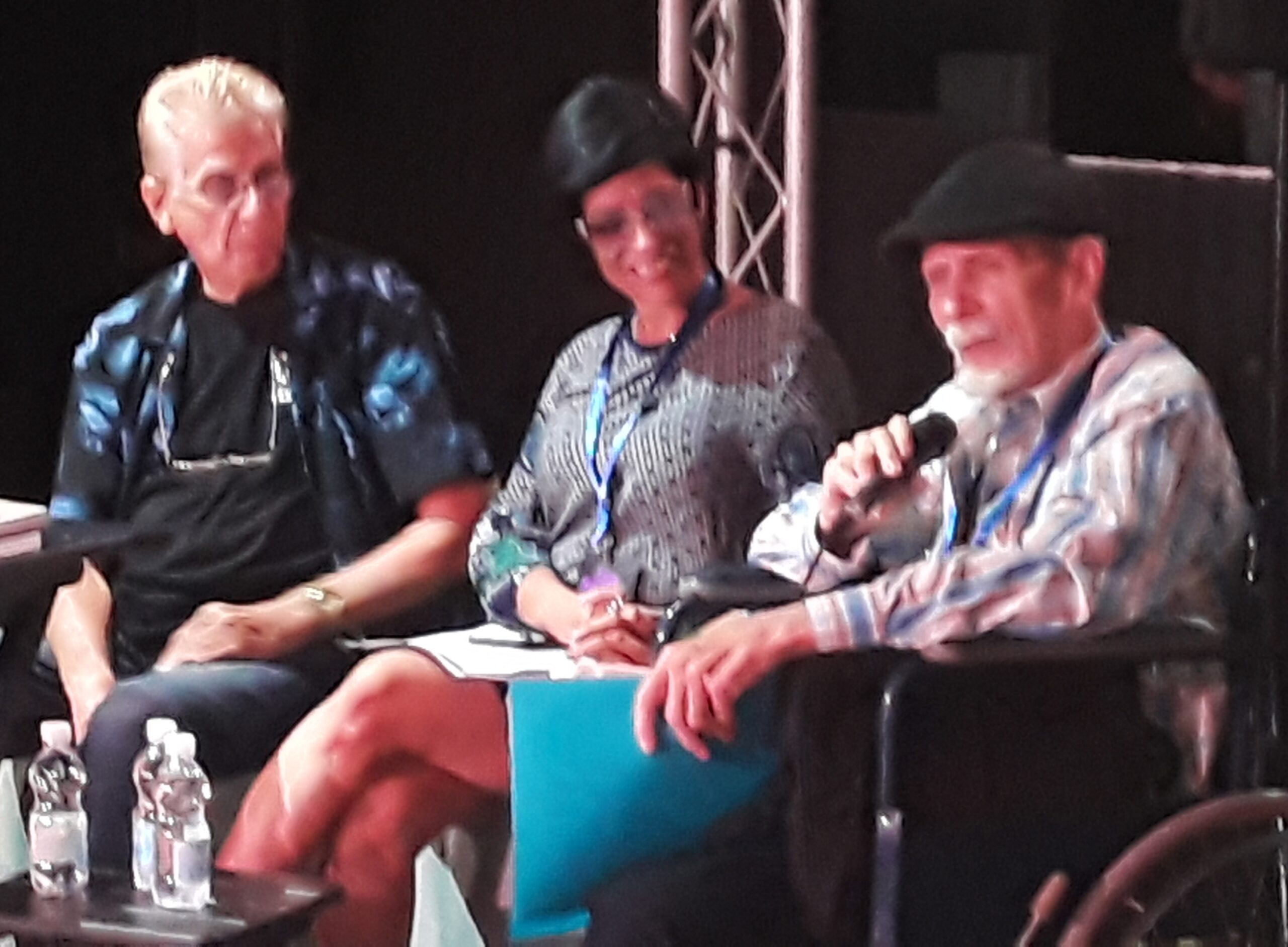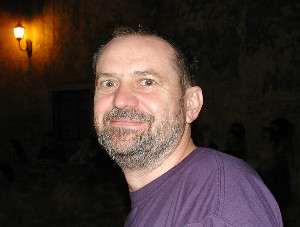Observing the contemporary jazz scene in the Balkans from on high, one would say that

its big bands, as an epitome of its infrastructure, measure an identity between freshness and tradition. In the region known primarily by its Lubiana-Zagreb-Belgrade axis, big bands launched decades ago on the post-Second-World-War rites of the Marshall Plan today have homes in our national television stations.
Populated by local musicians educated at the prestigious academies in Austria and around the world, the big bands are often used as pools from which to draw talent by locally-based players of other music genres. The number of Croats who had been studying in Graz, Austria at the turn of 2000 was enormous, due to the lack of institutional jazz education in Zagreb. Since by bus the ride from Zagreb to Graz takes two hours, its access is like that from Chappaqua, New York to Coney Island.
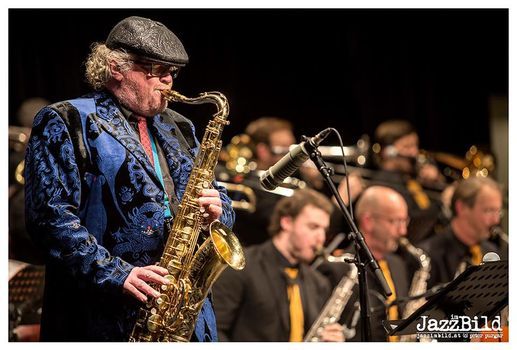
Therefore Sigi Feigl, one of the mentors from Higher Music School in Graz, found HGM Jazz Orchestra Zagreb in March 2002, following his experiences with the jazz summer school in Grožnjan — a string of Jeunesses Musicales, organized by local legend Boško Petrović. Besides the main orchestra, Feigl has also led an A Band, an ensemble that has included Lada Obradović, a. o., a drummer and composer who has starred in the Netflix production “The Eddy.”
Although HGM Jazz Orchestra Zagreb folded in 2013, the generation of musicians involved with it has widely and thoroughly changed the country’s social spectrum. Trumpeter Branko Sterpin, trombonists Miron Hauser and Luka Žužić are players who have known each others since their teens. All were born and raised at the city of Pula. Developed around impressive Hapsburg fortresses, a coliseum and shipbuilding harbor, Pula is a regional centre of the Istrian peninsula. Feeling indebted to musical traditions of this bump on the coast off southern Croatia, beneath Slovenia and across from northern Italy — and with energies divided by their duties with the Croatian Radio-Television Jazz Orchestra, in which they are employed (but for Sterpin, who left four years ago) — they launched the Jazzistra Big Band as a legal association in 2015 with a concert series primarily featuring local music imagery.
Their first recording Musical Migrations was released in December 2021. It features drummer Dušan Kranjc, who toured Asia, Europe and the U.S, with crossover act Two Cellos (Hauser’s younger brother is a main cellist), and jazz guitarist/multi-instrumentalist Zoran Majstorović, whose original pieces based on Istrian pentatonics, a diminished scale reminiscent of Ornette Coleman’s “Peace Warriors” are performed on the album with guests from Serbia, Argentina and the U.S.
Trombonist Hauser is a chief conductor of the CRTJO, and also is in FiloSofia, a nine-piece salsa band aiming to bring the African-Caribbean music to weddings and clubs. The entire big band, with the Istrian jazz triumvirate (i.e. Hauser, Sterpin and Žužić) sounding like Cuban musicians, joins in on original arrangements. Singer Sofia Široka has written Spanish lyrics to their original compositions.
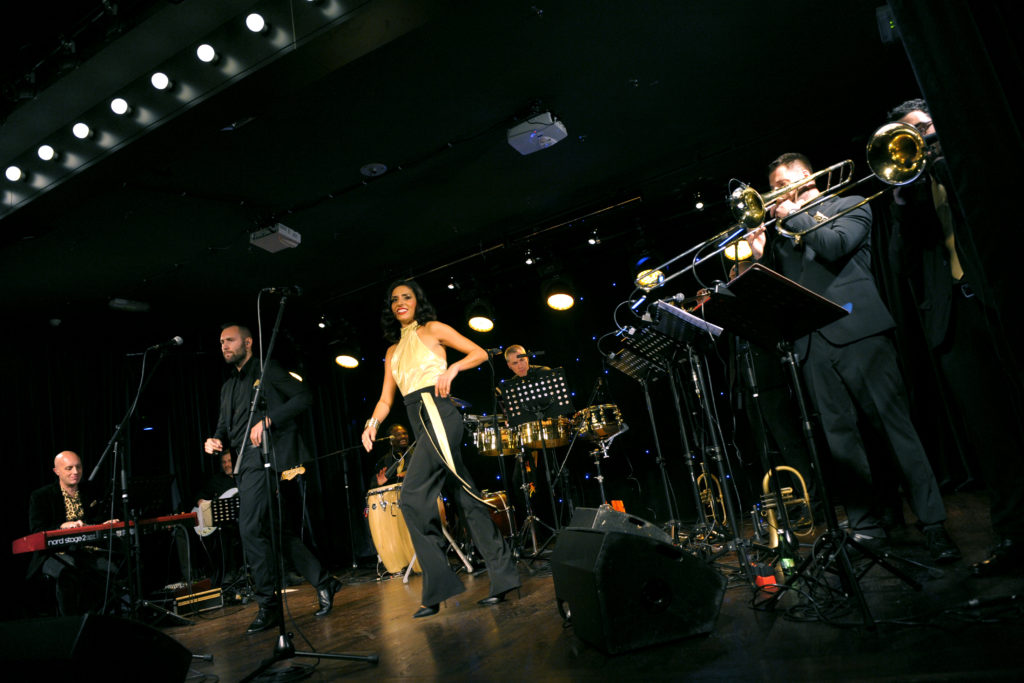
They are following in the footsteps of Cubismo, the salsa-turned-son group documented by Putumayo Records. Launched back at the turn of the century and fronted by the Venezuelan-born vocalist-cum-bassoonist at the Zagreb Philharmonic, Cubismo often played alongside big Cuban acts around Europe, while borrowing the Big Band’s top brass players.
But the path for the national TV’s orchestra to become the center of the scene was long, the route of a dark horse, rather like Goran Ivanisevic‘s winning Wimbledon by a wild card match back in 2002. One turning point was the memorable event two evenings before the official start of Jazz Hr/Spring festival in mid-April 2012, when the local mayor showed up at a concert celebrating the opening of a new Student Campus.
Trumpeter Sipiagin and bassist Kozlov, members of the Mingus ensembles working regularly in New York City, had come to the Campus directly after landing in Croatia, and joined CJTRO for a couple of tunes. It must have been explosive when they all together delivered Charles Mingus’ politically and musically challenging “Fables of Faubus” to the lucky politician! When the fest began two days later the Sipiagin/Kozlov Quartet appeared in a concert with the orchestra, and standing ovations replaced the usual polite approval concertgoers afford out of loyalty to their local ensembles. Ugly beauty had finally shed its old clothes, thus presenting itself at its best. Feigl must have been proud of his offspring!
In the last few years other winds for Croatian jazz scene have blown in from London, better known here for its world music and electronica than jazz. Along with other composers who wrote original compositions for the aforementioned Television Orchestra, Mak Murtić relocated back to his hometown of Zagreb after his London-based ensemble Mimika released its third album. The independently operating, 22-piece Mimika, often fronted by three female singers, is more of an orchestra than a big band, turned the local scene onto its head, attracting musicians from as far as Split and Vienna to its rehearsals.
There is Žužić on trombone, next to few colleagues from the Television jazz orchestra, as well. For their fifth album, Divinities of Earth and Waters composer-conductor-bandleader Murti´c delved deep into folkloric rituals from Bulgaria and the Balkans, applying contemporaneous jazz refinement. During the preparation for their forthcoming fifth album based exclusively on Mediterranean influences, they paused for a moment to organize a benefit for Ukraine, produced on March 24, along with six other like-minded bands.

